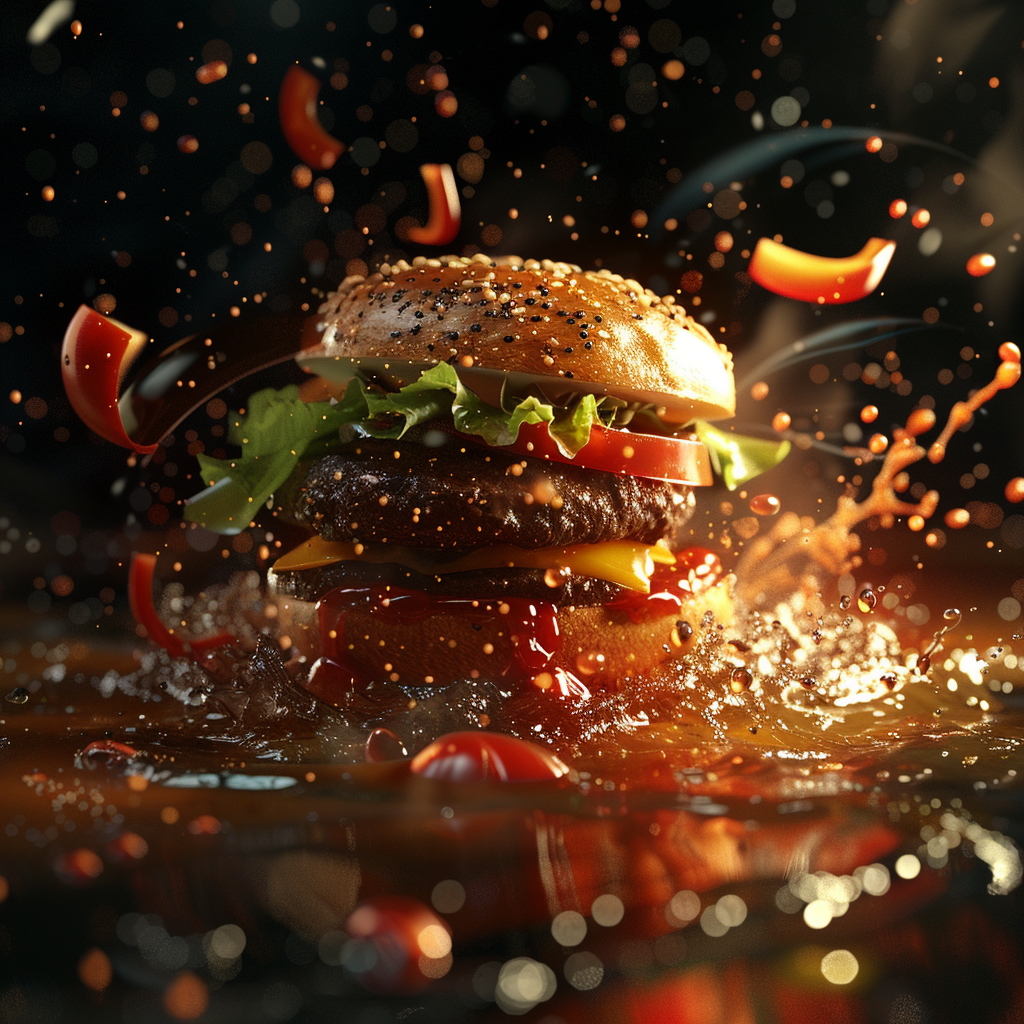AI-Generated Food Images Look Tastier Than Real Ones
New research shines light on the efficacy of AI-generated images in food marketing, but raises questions about the nuanced ways in which this technology affects us psychologically.
What Happened:
Researchers discovered that consumers generally find AI-generated images of food more appealing than real food images, particularly when they are unaware of the AI's involvement. The study focused on the visual appeal of food images and how AI can manipulate these images to enhance their attractiveness to consumers.
Who Did it:
The primary research was carried out by Giovanbattista Califano and Charles Spence, with their findings published in the journal Food Quality and Preference. The study found that AI excels at enhancing key visual features like symmetry, colour, and glossiness, significantly contributing to food imagery's attractiveness.
How they did it:
In the investigation, researchers presented 297 individuals with an assortment of food visuals, ranging from the wholesomeness of apples and carrots to the indulgence of chocolate milkshakes and fries. These images, either captured through traditional photography or crafted by AI, were evaluated on their appetising appeal, spanning from "Not at all appetising" to "Extremely appetising." When participants knew the origin of these images, their appetites found both real and AI-generated visuals equally appetising. Yet, when the images were not labelled as AI generated, the AI images were found significantly more appealing — highlighting the subtle yet powerful influence of AI on our food choices.
The study also unearthed a tendency in AI-generated images to portray more energy-dense food (think bigger piles of fries or desserts generously crowned with whipped cream).
Why it Matters:
Cheap Shots: This research highlights the potential of AI-generated visuals in marketing and consumer preferences, suggesting cost-saving opportunities for the food industry by leveraging AI. However, it also raises ethical concerns regarding the manipulation of consumer perceptions through AI-enhanced imagery.
My Eyes Doth Decieve: The AI’s inclination towards depicting foods as more energy-dense taps into our primal attraction to such foodstuffs, sparking a debate on the role of these idealised images in potentially fuelling unhealthy eating habits by triggering craving-induced consumption.
Research published in Nature Communications by DeepMind in January would support such a claim, and indicates that adversarial techniques in AI imagery is capable of deceiving both AI models and human perception. In that paper, it was found that minimal perturbations in images, although often imperceptible to humans, can bias human judgments, akin to decisions made by AI models.
The original findings regarding AI-generated food images contribute to a broader discussion about AI's impact on visual perception and decision-making across various sectors. The additional insights from the research on adversarial images broaden the context, revealing potential vulnerabilities in both AI systems and human cognition. Furthermore, such findings signal a clear need for some form of watermarking to ensure that consumers are giving their informed consent to whatever it is they are being presented with.
Together, these studies underline the importance of further investigating how AI-generated and manipulated images affect human perception. Such a question is of course imperative in industry, but is especially important in sensitive areas such as public opinion and electoral processes (which you can read more about in The ACQUAINTED Trend Report). This expanded understanding emphasises the need for a balanced approach to AI's deployment, acknowledging its benefits in enhancing visual marketing while being vigilant about its potential for misuse in manipulating perceptions and decisions.
To learn how to harness GenAI in your marketing and communications, get in touch today to maximise efficiency and minimise costs — all with ethics in mind.

